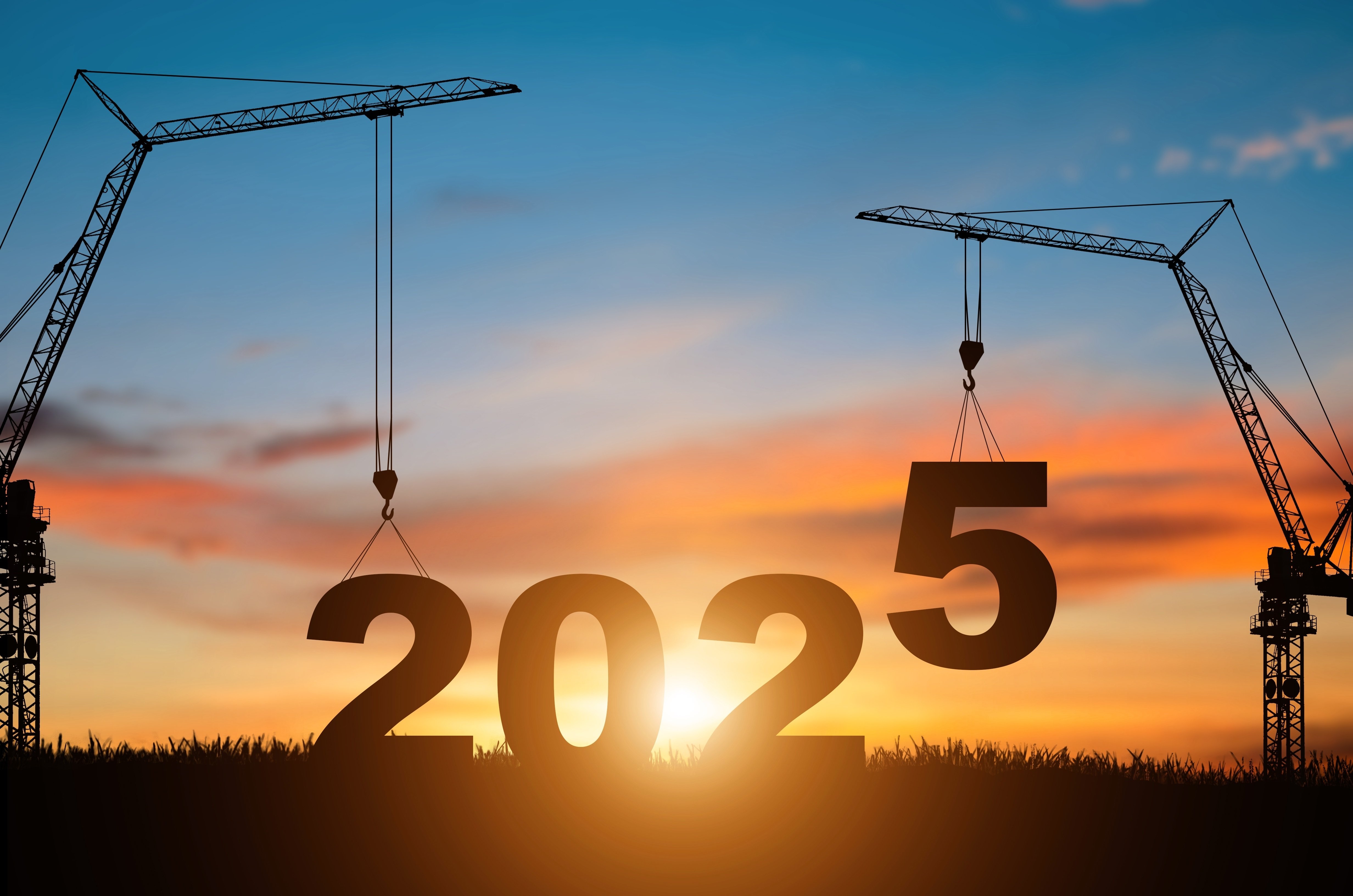Managing Rollover Projects: Year-End Tips for Construction Companies
As year-end approaches, many construction companies find themselves managing ongoing projects that won’t wrap up until the next fiscal year....
One of the more difficult challenges construction companies face is meticulously planning a budget ahead of the start of a project, but lacking a viable way to track costs once project work begins. In many cases, the day-to-day costs aren't intimately tied into their existing financial system - often leaning to overruns and similar problems. Thankfully, there is a solution. Here are a few key things to consider to better maintain financial visibility of a given construction project.
First, understand that there are two main types of costs in construction: direct costs (those associated with materials and similar assets) and time. The former is what a business has more control over at the outset of the project. The latter is somewhat difficult to anticipate exactly how long a particular task is going to take.
Therefore, it's important to be as precise as possible when estimating costs - "gut instinct" has no place in this matter. The sources of various costs need to be connected at all points of the project, as this is the only way to come up with an accurate budget that will be realistic to stick through for the duration of the project.
Additionally, organizations need a cost breakdown structure that allows them to be as detailed as possible when it comes to how money is being planned and managed. Relying on a WBS alone isn't enough to get the job done - they need a cost breakdown structure that is tied in with their WBS, but one that also allows for costs to be grouped together at a higher level that makes them easier to understand and oversee.
There are other techniques that can be used to better manage these issues, too. Tracking change orders by way of a software-based solution is one of them, as this allows organizational leaders to see when cost overruns are happening in real time. Although projects always change as the reality of the situation evolves, that doesn't mean that this should come at the expense of the budget. Contractors also need an automated way of conducting an EAC, or "estimate at completion," as this will give them the leeway to both perform the work being asked and proactively account for any changes that may be necessary moving forward.
Finally, real-time reporting is critical because when you're working with better, more accurate financial information, you're able to quickly make the best decision possible as new circumstances and issues arise. Part of a company's success is being positioned to quickly pivot in the face of adversity.
In the end, a construction company needs to be able to understand:
The more they're able to maintain oversight over the financial part of the project process, the better the position they'll be in to make sure jobs are completed on-time and with as few issues as possible.

As year-end approaches, many construction companies find themselves managing ongoing projects that won’t wrap up until the next fiscal year....
In the wake of the COVID-19 pandemic, businesses across the world are being forced to adjust on the fly. Like most sectors right now, the...
2 min read
Custom jobs require ongoing supervision to achieve the best financial results. Whether you’re a general contractor constructing a strip mall, a...